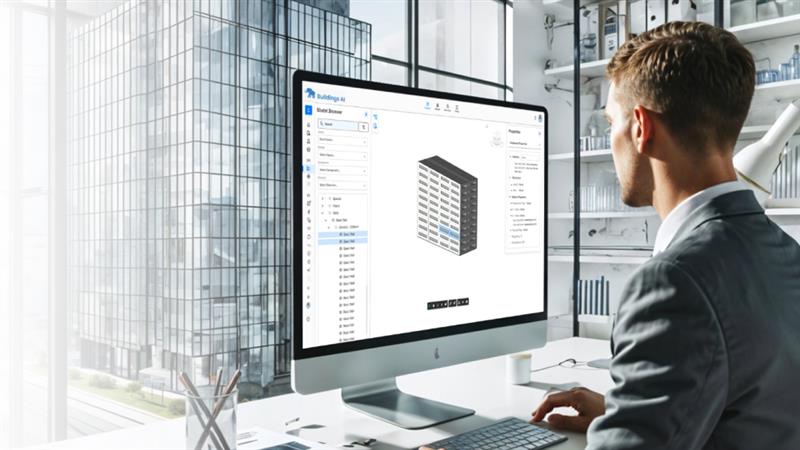Written by Rohit Chavan
Thursday, April 10, 2025
A Deep Dive into Cooling and Heating Load Calculation Methods in HVAC: CLTD, RTS, and ASHRAE Heat Balance
By
Rohit Chavan


Accurate cooling and heating load estimation is the foundation of energy-efficient HVAC system design. Over the years, ASHRAE has developed and refined various methods for heat load calculations. Each method offers a unique balance between accuracy, complexity, and computational effort.

In this blog, we’ll explore three of the most significant and widely used methods:
- CLTD - Cooling Load Temperature Difference Method
- RTS - Radiant Time Series Method
- ASHRAE Heat Balance Method (the gold standard and the one we use in our Buildings AI tool)
1) CLTD Method (Cooling Load Temperature Difference)
The CLTD method is a simplified, tabular approach developed by ASHRAE to estimate cooling loads from heat gain through building envelopes, solar radiation, internal loads, and infiltration. It was designed primarily for hand or spreadsheet-based calculations.
How does it work?
It uses pre-calculated CLTD values (derived from hourly heat transfer simulations) for different materials, orientations, and solar exposures. The adjustments are made for:
Additional correction factors include the latitude adjustment factor (LF) and solar load factor (SLF).
Advantages:
Limitations
Best Use Case: Small to medium buildings, early design stages, or for learning HVAC fundamentals.
2) RTS Method (Radiant Time Series)
The Radiant Time Series method is an hour-by-hour dynamic method that improves upon CLTD by introducing time delay and heat storage effects. It accounts for the fact that heat from solar radiation and internal gains doesn’t immediately impact room temperature.
ASHRAE introduced RTS as a replacement for the CLTD/SCL/CLF methods, which offer much better accuracy.
How does it work?

Advantages:
Limitations:
Best Use Case: Detailed system design, medium to large buildings, educational simulations, peak load estimation.
3) ASHRAE Heat Balance Method (HBM)
The ASHRAE Heat Balance Method is the most comprehensive, physics-based method available today. It forms the foundation of Energy Plus, DOE-2, and other modern simulation engines, and it’s also at the core of our Buildings AI load & energy simulation engine.
Core Principle
Every space in a building is modeled as an energy balance system, where the sum of all energy entering, leaving, and being stored must equal zero at every timestep.

It involves solving multiple simultaneous equations for:
How does it work?
- Surface Heat Balance: Accounts for conduction, solar gain, longwave radiation, convection, and thermal storage.
- Zone Air Heat Balance: Includes heat from all surfaces, people, equipment, lighting, and ventilation.
- Radiant/Convective Split: Each internal gain is divided between radiant and convective parts.
- Solves Using Numerical Methods: At every timestep (e.g., hourly or sub-hourly), it solves for temperature, heat flow, and load.
Advantages:
Limitations:
Summary:
Each method has its place in HVAC design. But as building design moves toward high performance and energy compliance, the Heat Balance Method becomes essential.

ASHRAE Heat Balance Method in Buildings AI
Buildings AI leverages the power of HBM while eliminating its complexity through a user-friendly interface. Here's how
Learn more about Buildings AI — Schedule a demo call today!
Know more
Request Demo
Comments
Recent posts


